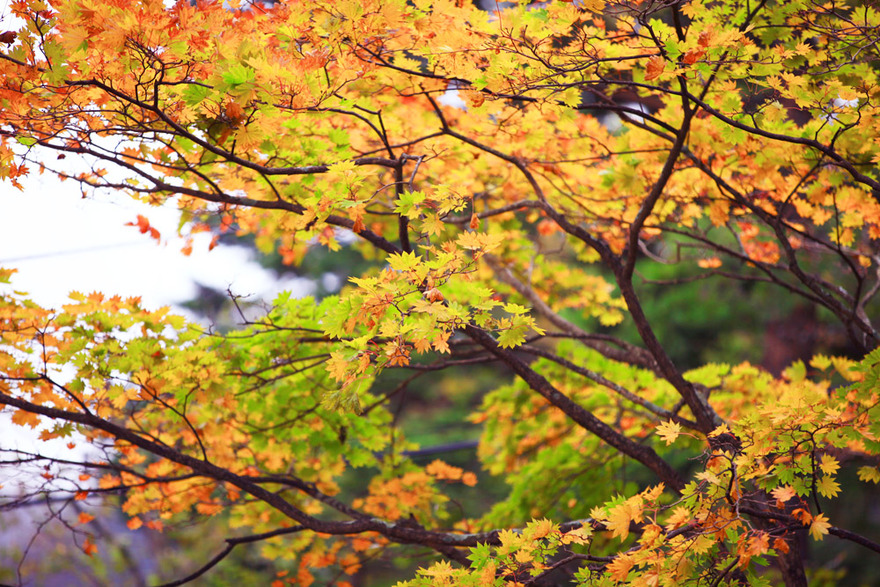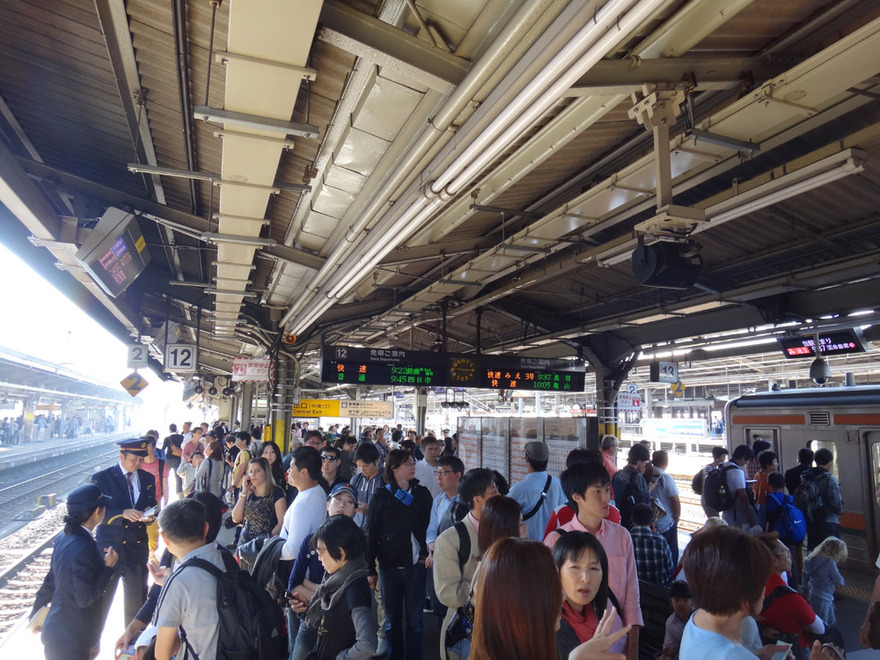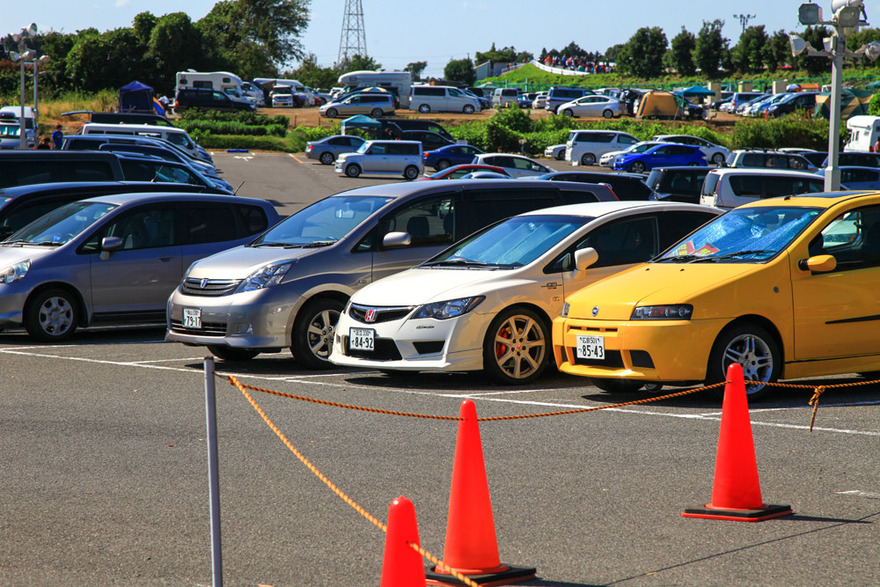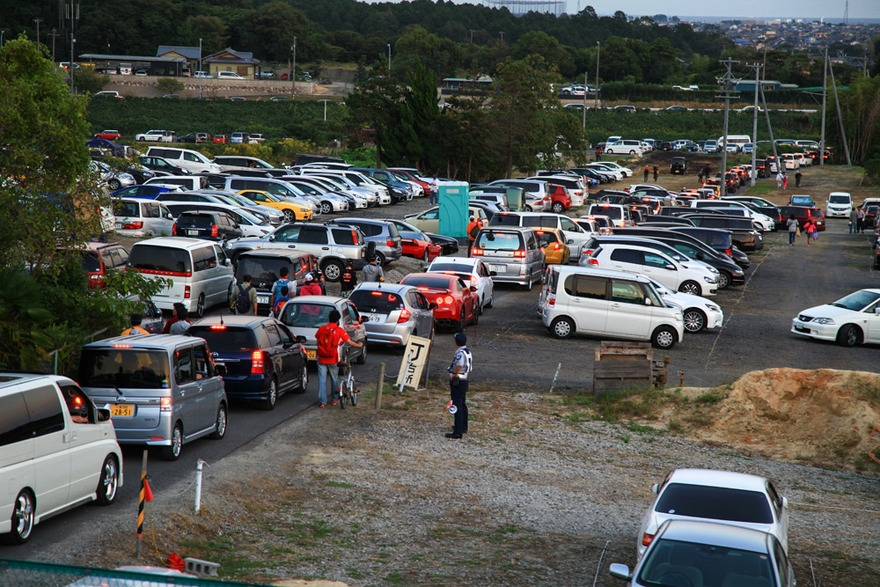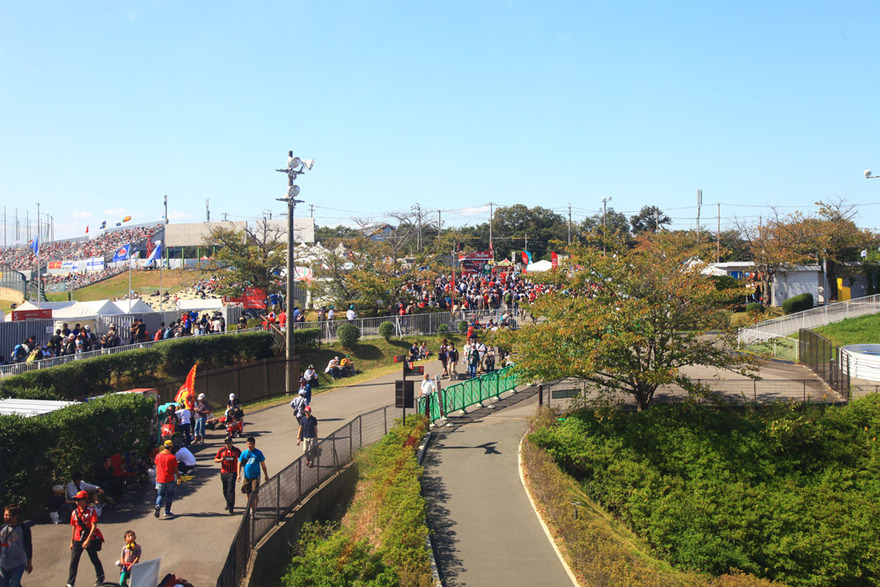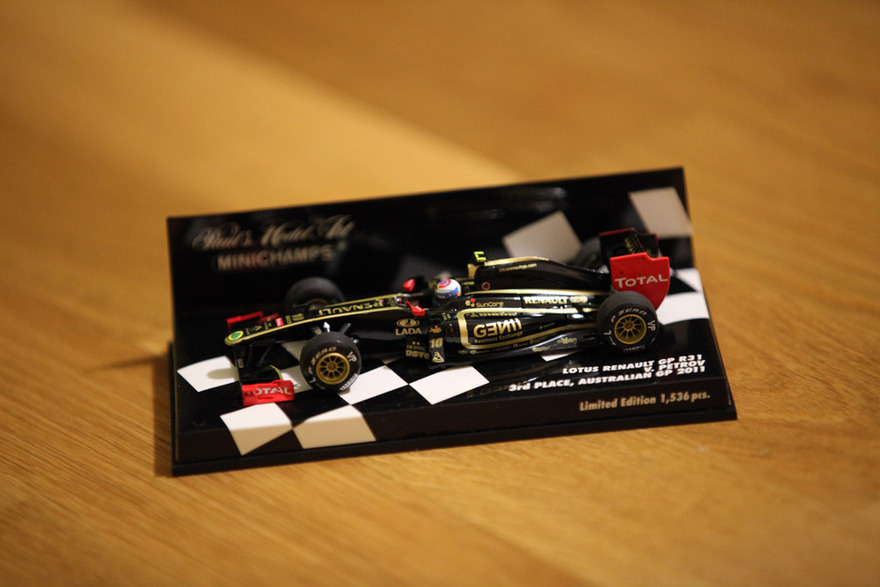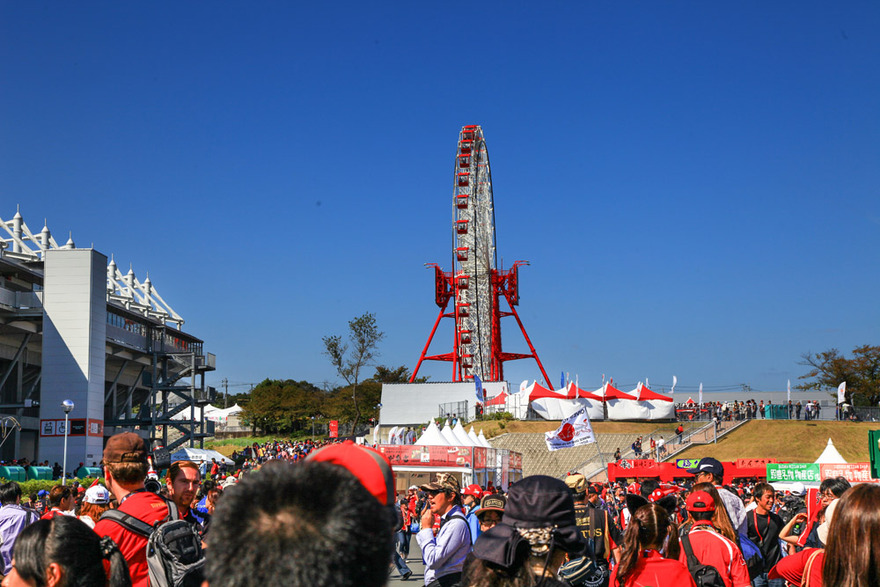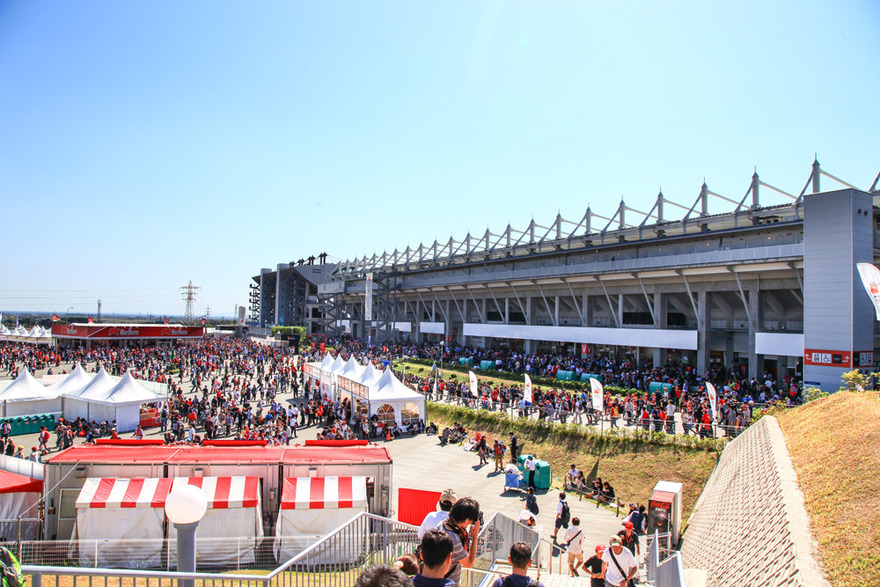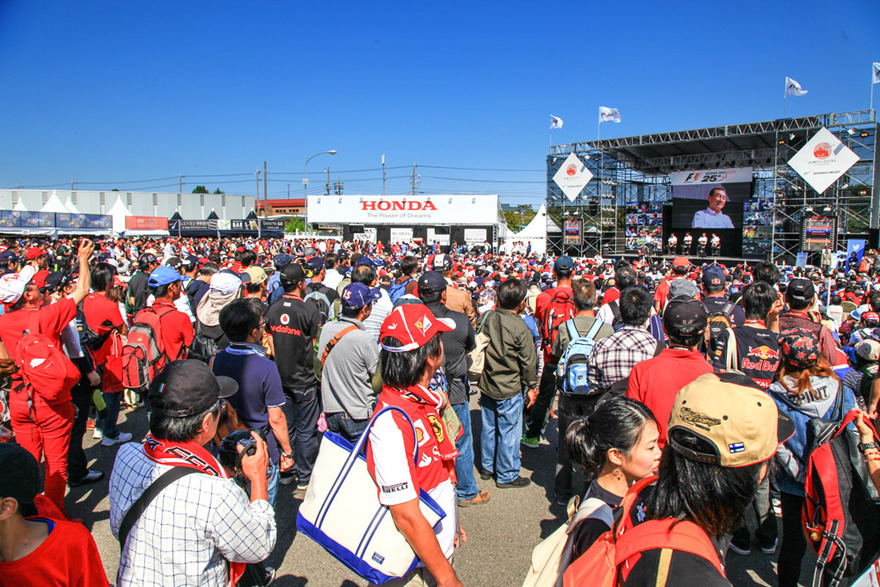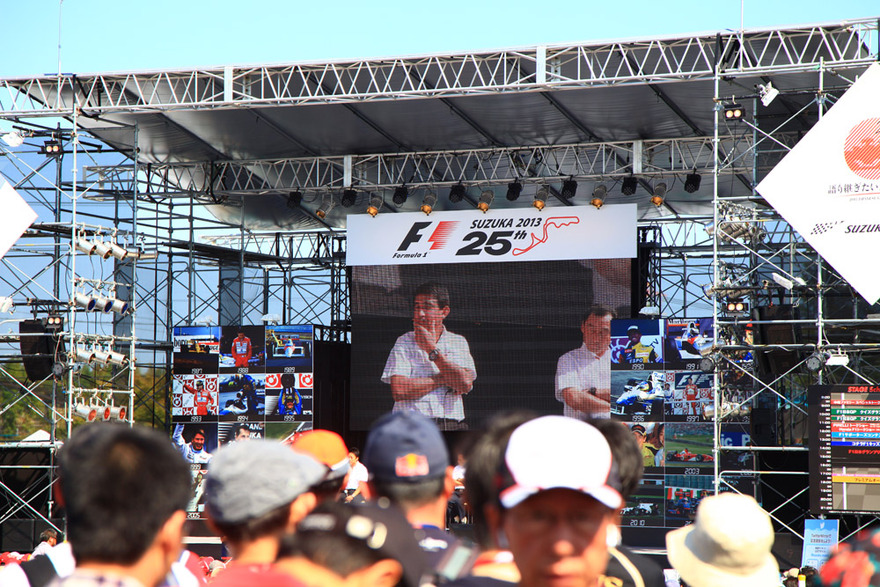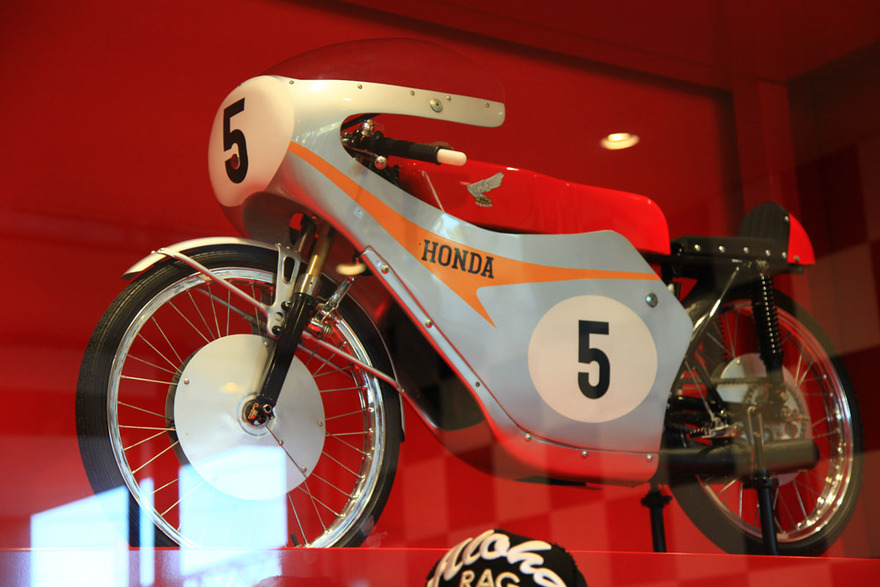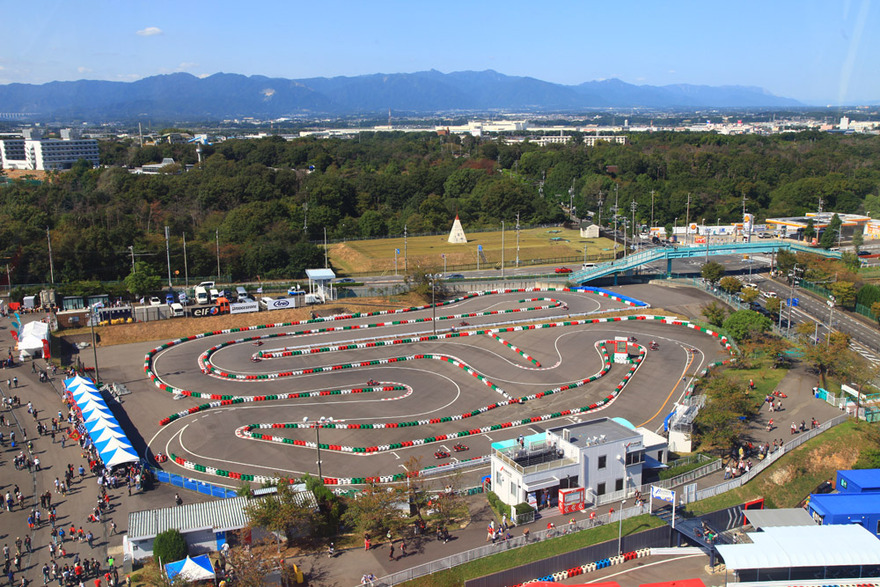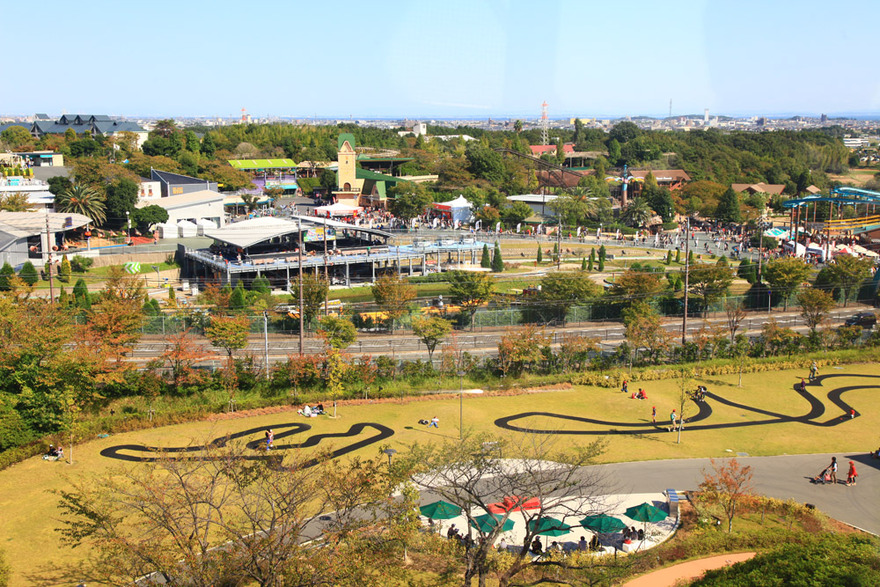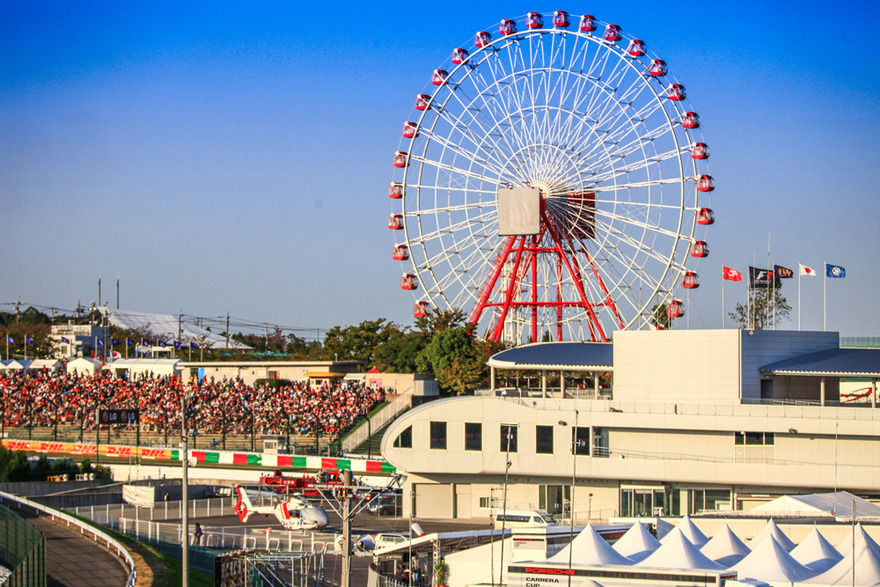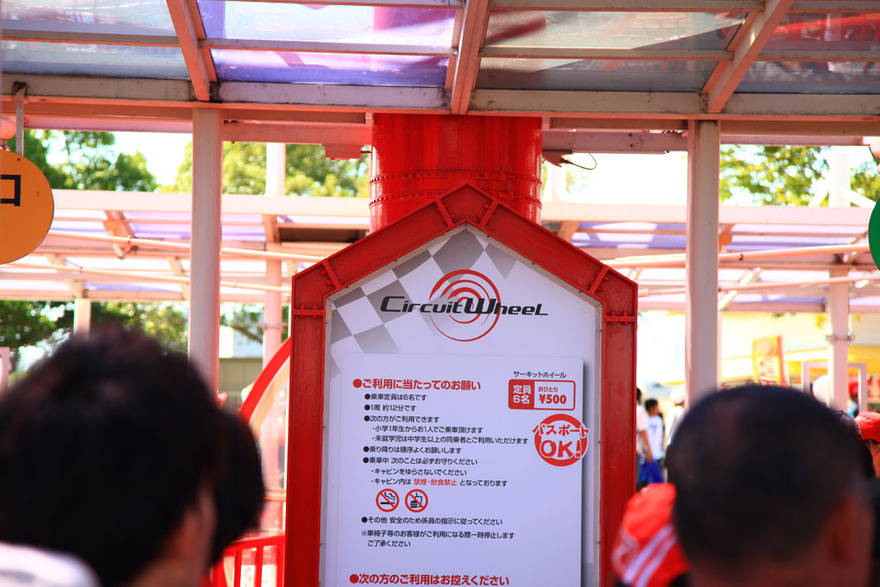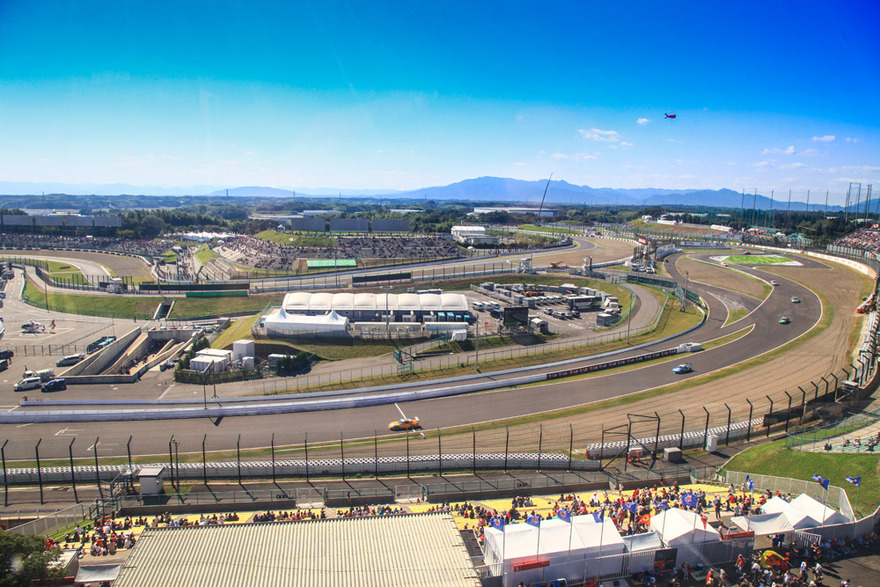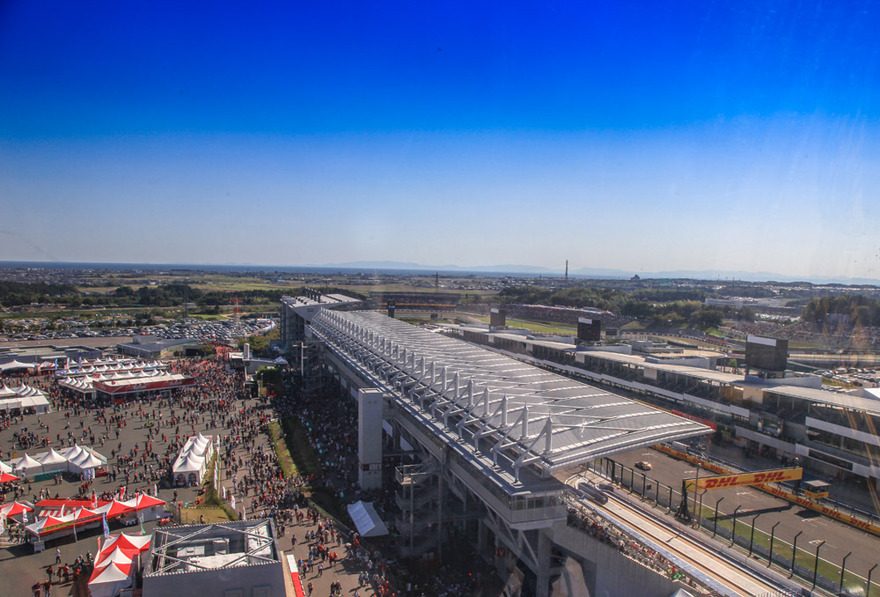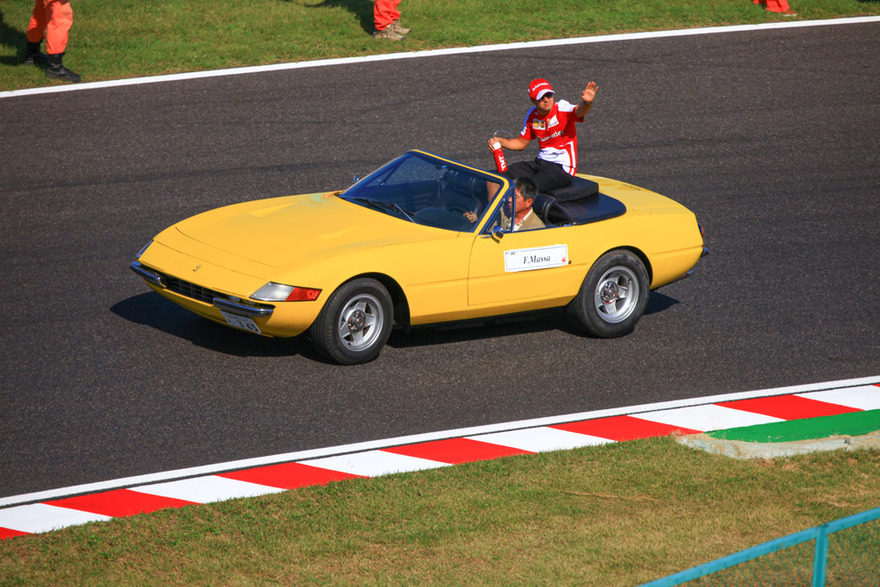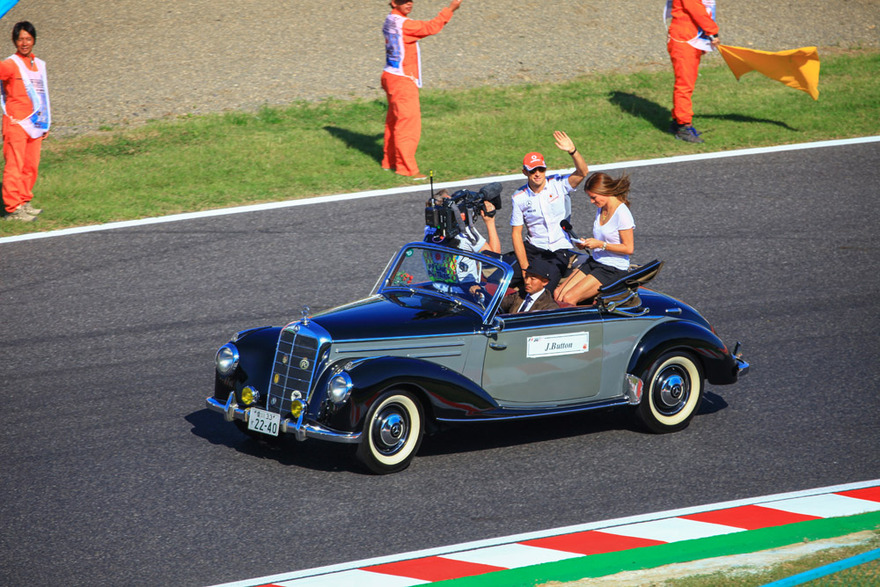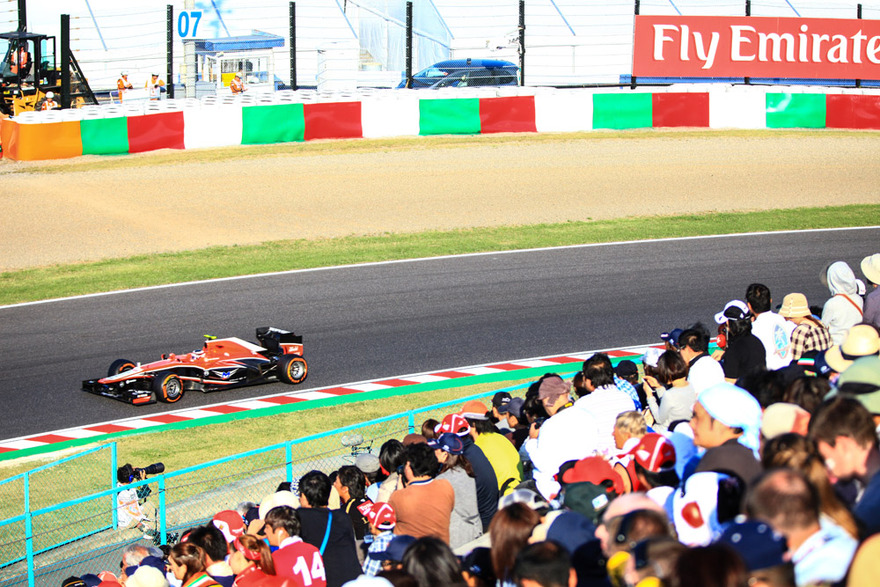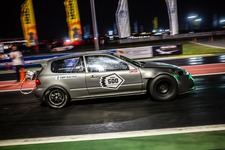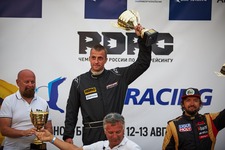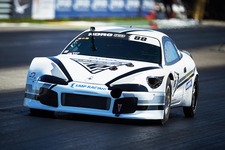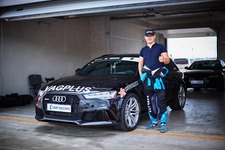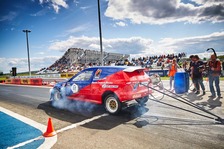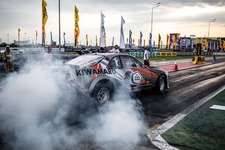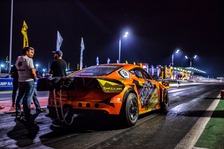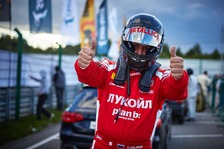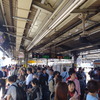
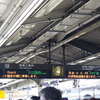

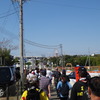 Вся галерея мероприятия
Вся галерея мероприятияIn addition to visiting RWB (2-nd part) and the Toyota Museum in Nagoya, the main purpose of our trip to Japan was to visit the stage, «Formula 1» on the Suzuka track. It is worth noting that such a reason for the trip is great for getting a visa, as well as allows you to easily go through passport control on arrival.
However, one of our friend vse-taki having a little trouble at the airport, as the young Japanese, employee monitoring, hearing to the question of the purpose of the journey reply: «Formula 1», clearly did not understand what it is and slow to in order to deliver the coveted stamp in the passport. In the end all was resolved with the arrival of more senior and experienced colleague, who threw a stern glance at his companion and said something in Japanese (apparently, «a shame not to know»).
Step «Formula 1» Suzuka is usually held in mid-October, which is undoubtedly a great opportunity and enjoy the season Momiji. Along with the spring cherry blossom, Momiji — Japanese tradition of admiring nature, in this case, red maple (Momiji). Autumn in Japan, between the stifling humid in summer and winter, the weather is beautiful and amazingly beautiful nature.
Frankly, we are not ardent fans of the Royal races, which can stand for hours in one place, waiting for the release of its idol of the boxes just a few seconds, but naturally we are passionate about «Formula» and we still had a special interest in Suzuka. The configuration in the form of a kind eights and the very Ferris wheel... Suzuka — it's not just sat down in the memory of the TV picture, is that settled inside literally on the subconscious, even from childhood, from the computer games that are offered prohvatit on this track with a breeze. All these emotions would like to move from the virtual environment a reality. Also, a special occasion to visit the Grand Prix could be considered and the fact that one year for atmospheric engines in the «Formula 1» was the last. This deafening sound, wade through the whole body, I feel alive and permanently stored in memory, as the chance to hear him in the F1 races in the future is hardly possible. Today formular turbo is much quieter.
Stage at Suzuka — one of the most popular races in the season, the Royal. Therefore, it was quite surprising that all the rooms in hotels near the track sold out in just a few moments after the announcement of the official calendar, «Formula 1» for the year. In this context, we have chosen for our stay at the time of the Grand Prix of the city of Nagoya. From Tokyo to the city by high speed train Sinkansene can be reached within 2 hours, and from there on commuter trains until the route in about an hour. Tickets for the Grand Prix, we bought in advance, still in Russia. A train ticket to Suzuki — on the spot, in the evening the day before departure at the very track. But this task turned out to be very simple. Cashiers at the station did not quite understand which of the trains will make a stop at the desired station to us, because in conjunction with the F1 schedule adjusted. As a result, estimated departure time needed morning commuter train, we still managed to find out, and finally all the experiences passed when on the platform on several electronic signs we saw the familiar letters «Suzuka».
It was found that for immigrants, whom gathered a huge amount, allocated special formulations, running up slopes with a minimum number of stops. In one of these, crowded almost to capacity, and we sat down, or rather squeezed through and stood up in the car. Upon arrival at the desired station once it became clear that the Japanese lost in rural areas will not work, because the whole crowd followed on the desired route. In general, we traveled from Nagoya to Suzuki literally intuitively.
It should be noted that not every year the weather is kind to the stage in Japan, the last few years, the race is held in the pouring rain. But we were lucky: on the autodrome prevailed warm dry weather with no hint of rain.
All the way from the train station to the highway we saw the Japanese cult and not only cars whose owners used to train everyday movement or subcompact and rarely allow themselves to roll out their favorites from the garage. All parking turned into a museum, where you can find anything that to do this we rarely managed to be found in Japanese cities. Oddly, but in the Japanese cities on public roads is very difficult to find something iconic from the local automotive industry, we certainly expect to see, getting in this country. In 90% of cases, the terms of all kinds of minicars and boring minivans. Therefore, if you are an avid fan of JDM (Japanese domestic market), your path must necessarily be based on one of these parking lots at the venue of any avtomeropriyatiya or weekly meetings tuners in Yokohama.
In just a few meters from the entrance to the race track our attention for quite a long time chained stalls with souvenirs. How many interesting things here! From all kinds of merchandise to exclusive Team modelek machines, of which a great many were represented. We even managed to find a limited series «Formula 1» car model first Russian driver, who was able to climb the podium, — Vitaly Petrov!
But special furore that day enjoyed the soft toys depicting the head of F1, Bernie Ecclestone, who had been sold as fast as hot cakes. And now, a few more steps, and we find ourselves at the entrance to the legendary circuit.
Suzuka track was built in 1961 as a test race track for Honda's project Dutchman John Hugenholtsa. As is known, the Japanese Grand Prix held in 1976, although at that time the race was held on the track Fuji International Speedway, located on the famous mountain of the same name. The first winner of the F1 Grand Prix at Suzuka became Gerhard Berger in 1987, at that time, Ferrari pilot. Since then, only in 2007 and 2008, «Formula 1» does not come here, and Fuji.
Configuration Suzuka track for the time has not changed dramatically, but various minor changes and improvements still were. In the initial configuration of the route length is 5859 meters, in 1992 it increased to 5864 meters, and then in 2001 decreased to 5859, and in 2002 — up to 5821 meters. Finally, it was 5807 meters in length 2003 and since then has not changed. Thus, the race distance at 53 circles 307 km equals 471 m. The absolute record is established Michael Schumacher in 2006, which showed a result of 1.28,954.
Apart from the «Formula 1» are held on the track and other racing events such as endurance race «1000km Suzuki „Japanese“ superformula „stage the WTCC, the 8-hour stage of racing, as well as various demonstration races.
On the racetrack, in addition to direct observation of the races for the spectators are a lot of opportunities for entertainment. On an improvised stage performances by artists and celebrities invited.
The Honda museum, where everyone can get on an existing ticket to the «Formula 1», guided tours, telling the story of the company and an airport as a whole, at the end of which all visitors have the opportunity to be behind the wheel of a racing car and prohvatit on the road in different weather conditions, though in a virtual performance 4DX theater.
And the youngest guests at a local amusement park can also enjoy themselves in the role of pilots: on a real (although reduced by several times, «child») track.
Immediately located close to karting, amusement park and a golf course.
We should also mention one of the most iconic structures in which no doubt you can always identify the Suzuka track, — a Ferris wheel, the entrance to which is in the presence of the ticket for the race completely free, but to stand in the queue just have.
From the height of a breathtaking view of the entire track, which prior to the arrival of «Formula 1» are a variety of support races.
Suzuka uniquely designed — it has the shape of eight, is quite long and difficult to pass, there are so many opportunities for quick and risky overtaking. This is the only track crossover in the whole championship, cars are moving either clockwise or counterclockwise.
Being on such a bright motorsport festival, as the Grand Prix F1, involuntarily lose all sense of time, but quietly comes a time when it is time to leave the entertainment areas and follow the stands. All spectators are excellent views of the track, although not always installed screens broadcasting the race. So to clarify this point in the selection of tickets.
Parade of pilots took quite interesting. They do not crowd went by bus, and each driver was driving a classic sports car. It turned out very stylish and impressive.
Since the Japanese Grand Prix — one of the closest to the final stages of the World Cup, it is now racing battle in which the pilots are trying to remove all questions about the champion's title even before the official end of the season.
Grand Prix «Formula 1» is unrealistic sweeps quickly. It seemed that we just sat on the podium, as already seen the checkered flag. Undoubtedly, this track makes an unforgettable experience, where everything has to, to visit this place more than once.
Information about the track
Circle Length: 5.807 km
Number of laps: 53
Overall Length: 307,471 km
Functions: 1962
Start of the race: 10:00
Record route: 1.28,954 (M. Schumacher, 2006)
Number of turns: 18
The first Grand Prix at this track: 1987
Top speed: 333 km / h
Full throttle 60% range
Number of gear shifts 56 for the circle
Photo: Svetlana Parfenov and open sources

